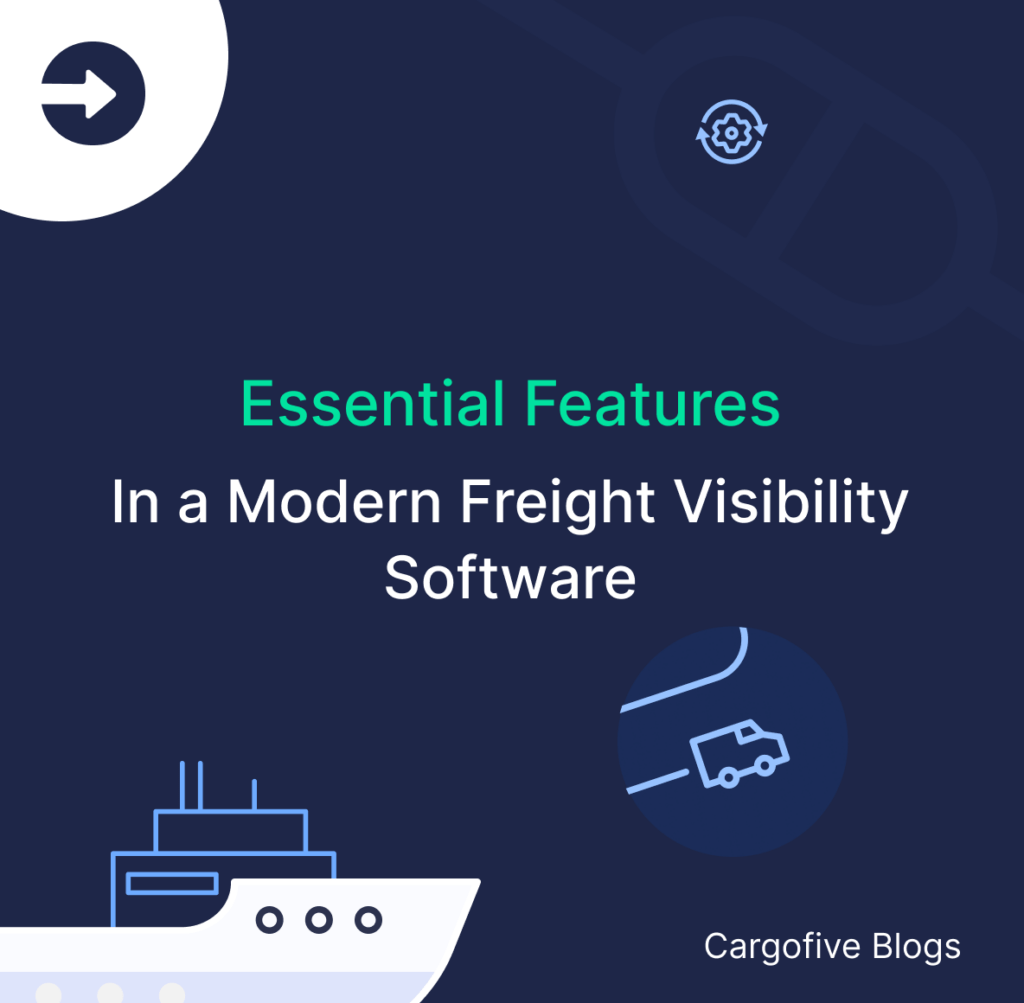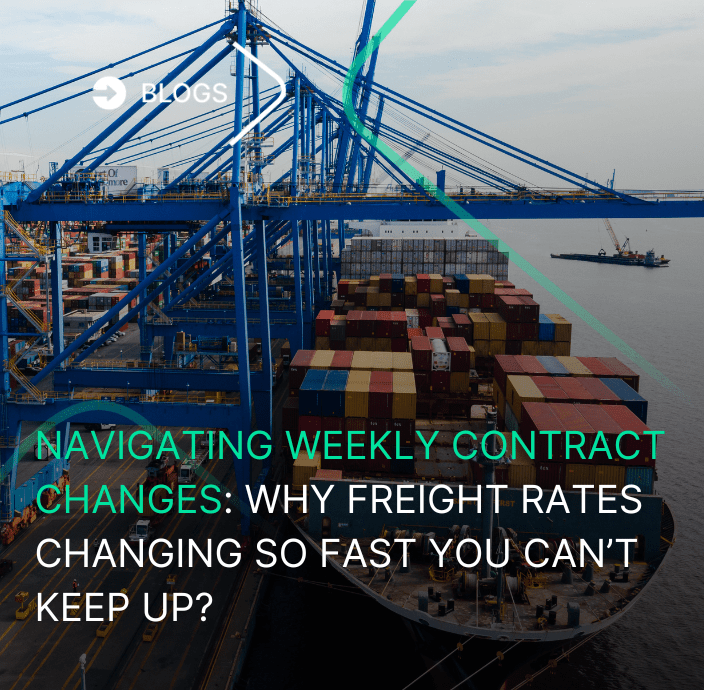Freight rates management is complicated. Freight forwarders struggle all the time when quoting because of it. Looking for rates between many carriers, when contracts are renewed too often, is not an easy task. This is why it’s so important to count on a good tool that helps automate and optimize the process. But, why do freight rates change that frequently then? It’s what we want to explain to you this time on.
Managing freight rates is actually quite difficult. There can be many surcharges that apply to each one depending on aspects like the type of freight, location, distance traveled, etc. Plus, freight forwarders have to face constant changes in contracts from carriers, which complicates their own operations.
When we analyze the composition of freight rates, we notice that the majority of surcharges almost doesn’t actually change, like the Terminal Handling Charge (THC). There are a small number of surcharges that change quarterly, such as the Bunker Surcharge (BAF), and on the other hand, some are seasonal ones, like the Winter Surcharge (WSC) or the Peak Season Surcharge (PSS).
So, why do freight rates change that often then?
The main surcharge that does constantly change is the Basic Freight (BAS). There can be many charges applied to a single freight, but the one that makes it volatile is the BAS. This is why it’s so important to have a good system to manage the BAS frequent changes in order to be efficient. But, what is it that makes the BAS switch that much?
It is only fair to say it’s a matter of supply and demand.
As the global economy has grown at a slower pace, carriers have been building much bigger ships in order to get profit from the economy of scale. Nevertheless, this only intensified the gap between supply and demand. Because of it, freight rates have had record low values over the last years.
In fact, there are other factors that impact on rates, like fuel price, but they aren’t as much significant as supply and demand issues. The shipping industry is the first to be affected by variations in political, environmental, and economic matters. As soon as there is a change in any of those subjects, there is an immediate impact on maritime shipping service’s demand. Let’s take, for instance, the War Risk Surcharge, which applies to shipments on war zones and affects the freight rate.
On the other hand, the supply of maritime logistics service tends to be affected by the overcapacity in the market. There are no restrictions on the number of ships that carriers can build, plus we have to consider the time it takes to put one in actual service. It accentuates the supply fluctuation, which has a major impact on the freight rates. So, if shipping lines want to prevent rates to keep on sliding, they’d need to idle more ships.
Although it seems very necessary with all of these variations, automated and dynamic pricing doesn’t exist in this industry. It is still a very manual process, which slows down the market. Furthermore, it’s impossible or inviable for most freight forwarders to analyze rates fluctuations, because it takes a lot of manual effort.
Since the supply and demand are almost impossible to control at this point, the maritime shipping industry needs, therefore, more solutions to help reduce the impact of freight rates constant changing. There’s a significant need to automate and optimize pricing processes in the business.
Actually, we think it’s really important to turn the freight rates into accessible data in real time. It will simplify a lot the operations of all of the players in the supply chain, cutting several costs out and generating even more profit. Nevertheless, only 2 out of the top 10 carriers in the world, are providing instant quotes.
At Cargofive, we want to help improve the quoting process and give the industry a big boost into the new era. We developed a solution that actually enables freight forwarders to have easier rate management and to create a quote in less than 10 minutes, just with a few clicks. So, while we wait for carriers to come up with technological advances in pricing, we will keep on developing solutions to relieve and improve logistics operations.
AUTHOR



